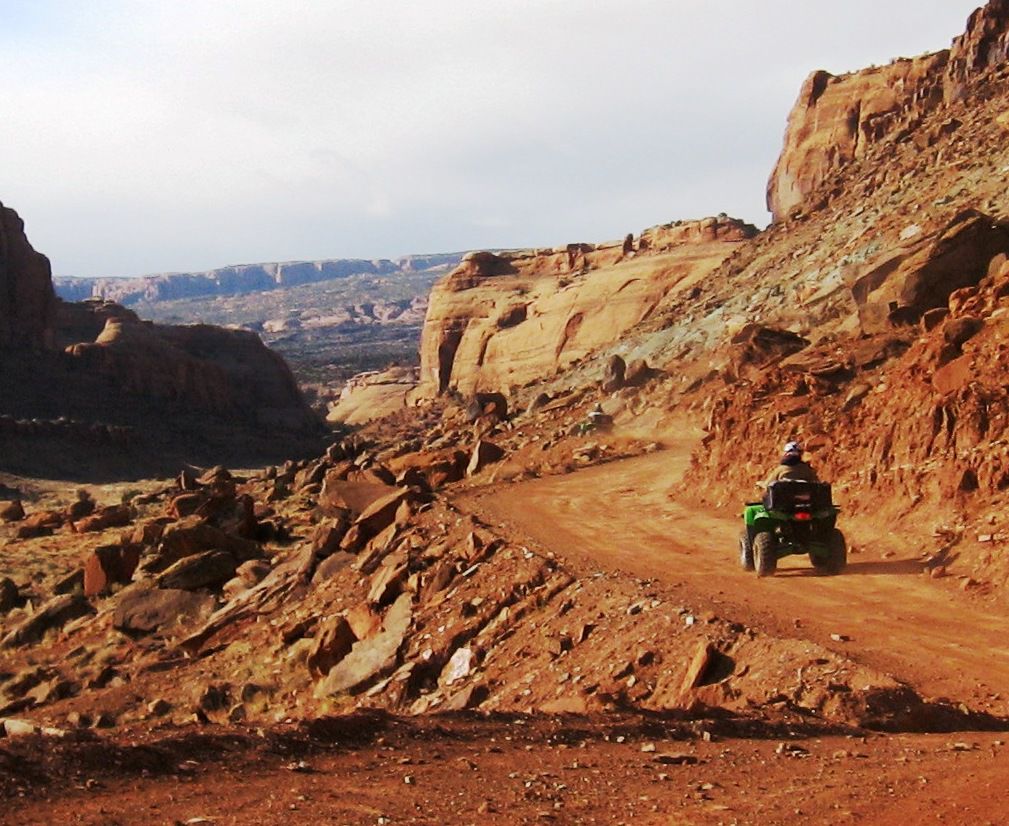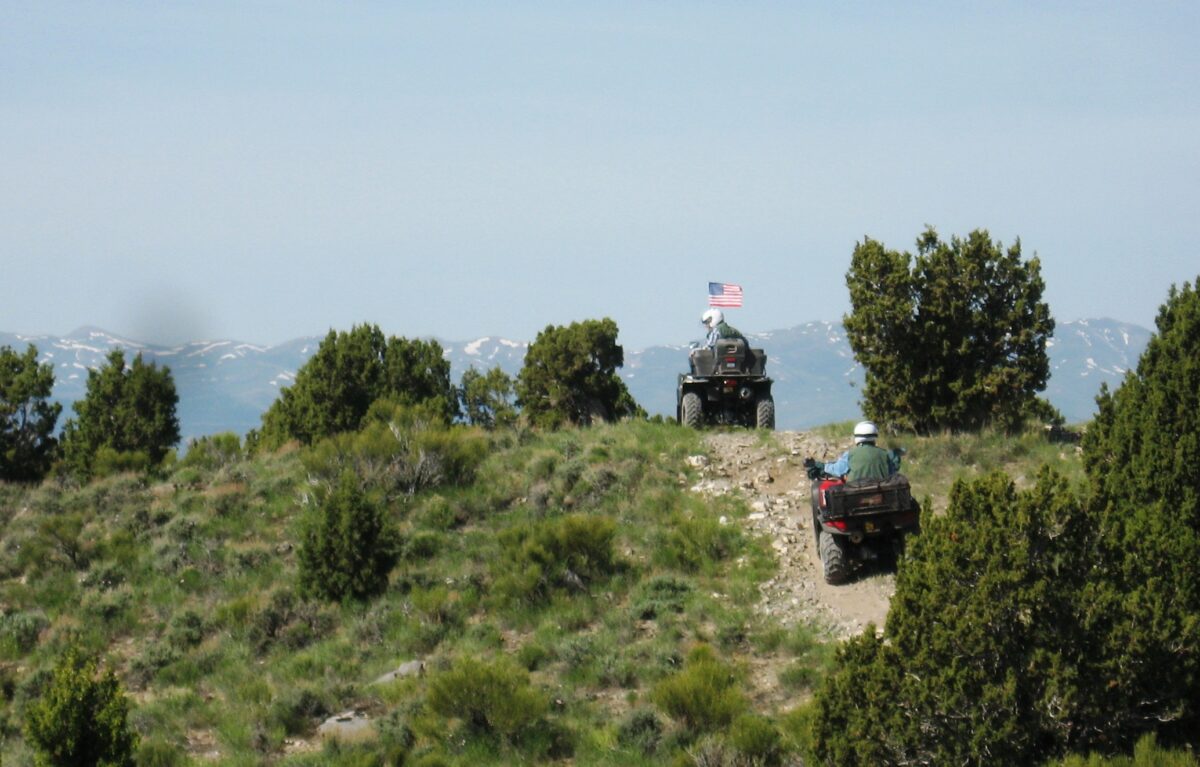Understand county road designations before you ride
Land access and border disputes are an intricate part of United States history. Utah has been rife with these same kinds of disputes. Having a large portion of federally managed land within its borders, land access is still making today’s headlines. To better understand the access picture, it is important to know the road designations that are under county authority.
Four classes of roads make up the road systems in each county. Class A roads are the major paved highways throughout the state. They do not include the Interstate freeways. Class A roads were opened to all street-legal ATVs and UTVs in 2013 except in Salt Lake County.
Class B roads are hard surface, usually graded dirt roads. Utah’s west desert is laced with an intricate pattern of dirt roads maintained by the county. Class B roads in Emery County made the news sometime back when the county sent out graders to reestablish their rights to maintain them.
Some environmental groups objected, wanting the roads to fade back into nature. The county has the right to maintain those roads, but also the responsibility to see that they are passable because they are funded by the Utah Department of Transportation to do so. Class B roads are generally 66 feet wide.
Class C roads are paved secondary roads. Counties are funded by UDOT to keep them open and repaired.
Class D roads are the trails open to our ATVs and UTVs. These are also funded by UDOT and fall under the jurisdiction of county authority. As a rule, they are not maintained, but improvements are made by volunteer groups in conjunction with Utah State Parks, federal agencies, and the counties responsible. These roads are old mining roads, logging roads and hunting trails used by those who worked to make Utah what it is today.
Now here is where it gets tricky. The federal government manages land in Utah through two agencies – the Forest Service and the Bureau of Land Management. These are public lands managed by federal agencies. While management is their responsibility, they do not own the right of way on established road ways. Access is the responsibility of the county and therein lays the dispute. Where states’ rights are supposed to be sovereign, the government has, on occasion, assumed authority that is not rightfully theirs.
In 2014, a group of people rode ATVs on a trail through Recapture Canyon in southern Utah. This is a Class D road under the jurisdiction of San Juan County. The BLM closed the road temporarily to investigate damage to cultural sites in the area, but did not lift the closure at the end of their investigation. San Juan County Commissioner Phil Lyman rode the trail in protest of the BLM usurping county authority. That fight is still not over.
To ride the backcountry, a person needs to know where to ride. While Utah State Parks has trail maps available, each county will provide a map of their Class B and D roads, which will be more detailed for your areas of interest.
While a land owner may own the land, he doesn’t own the public access routes. If a person buys land that features a road that has seen public use for at least 10 years, he can’t close that road. The access is owned by the county. He can put a gate across the road, but he can’t lock it. To do so is a Class B misdemeanor that carries a $1,000 fine and up to a year in jail. If you come across a locked gate on a public road, your responsibility is to notify the county sheriff. He has enforcement authority. A person who does not close a gate in this situation is subject to the same penalty.
The land owner can deny access to his land on either side of the road with no trespassing signs facing the road, but he can’t deny access to the road itself. On a public road, the land owner has no responsibility in the case of an accident. He can’t be sued.
When you go, take plenty of water, keep the rubber side down and know where you can ride in Utah’s backcountry.
quadmanone@gmail.com






